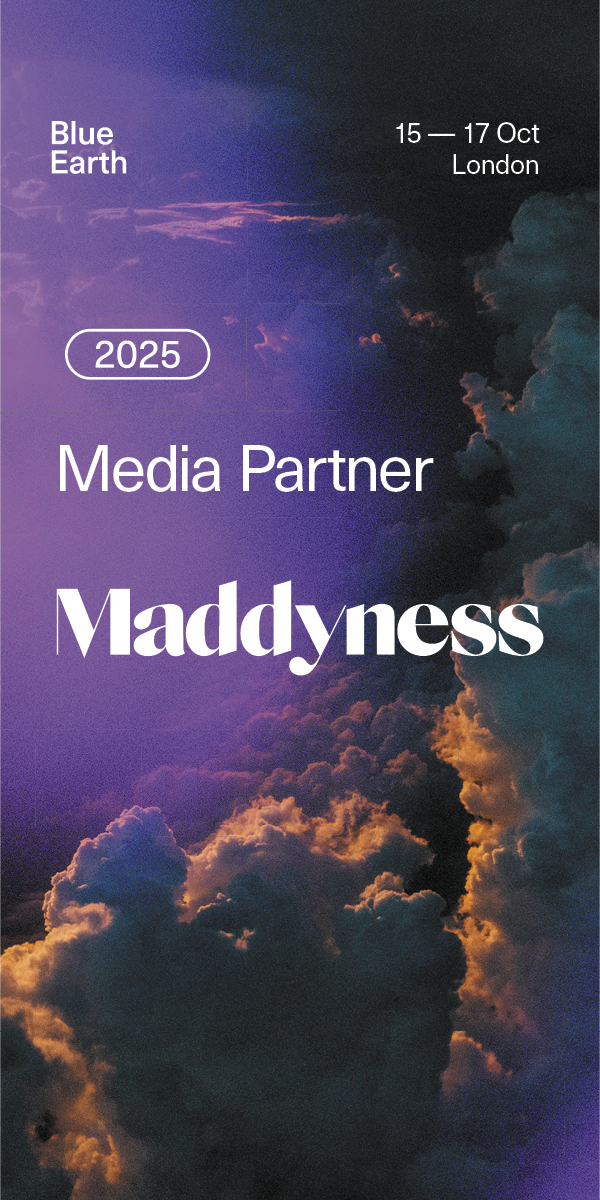The space race takes off
Jeff Bezos and Richard Branson have successfully travelled into suborbital space, demonstrating that space travel is a possibility for all billionaires. Whether the future of space travel involves galactic tourism or colonising Mars, the private race running alongside national operations will likely make things a little busier up there.
In June, one SpaceX Falcon 9 rocket launch sent 88 satellites into orbit while the company has also secured another major contract with NASA for a mission to Jupiter. Increased space activity is an exciting prospect for many but what else could be lurking out there in orbit? Well, space junk.
What is space junk?
Space junk or debris are human-made objects, such as defunct satellites or sections of spacecraft and rockets, that have become detached and left to orbit the Earth. The debris can achieve speeds of over 18,000 miles per hour – seven times faster than a bullet.
Isn’t there plenty of space in space?
The universe is expansive, but the Earth’s atmosphere is not. There are currently over 3,000 satellites orbiting the planet and this number is set to rise to 18,000 by 2025 – implying an increase in debris.
Now, the atmosphere is extremely effective at breaking down and eventually burning up objects, but humankind’s CO2 output has significantly reduced the density of the outermost atmosphere and will continue to do so – leaving objects in orbit for longer. The combination of increased space activity and CO2 damage could make future space operations extremely difficult, if not impossible.
Arguably, this won’t become an issue until later in the century, but we’re well aware of what damage delaying the inevitable can do. Only in May, there was uncertainty about where a Chinese rocket would land after it failed to completely burn up on re-entry.
Destruction to satellites – which we depend on for everything from navigational tools to climate-change monitoring – from space debris is a rare occurrence, with the last incident dating back to 2009. However, a weaker atmosphere and increased space activity will make collisions more likely, not to mention Russia has tested satellite-destroying technology, claims US Space Command.











